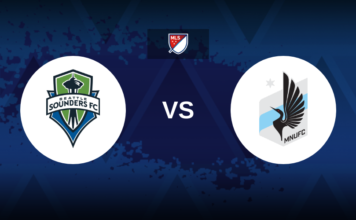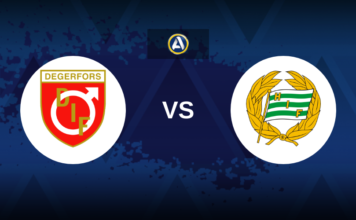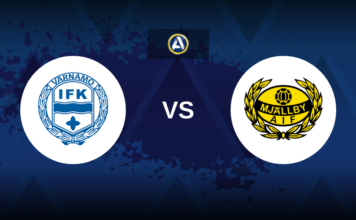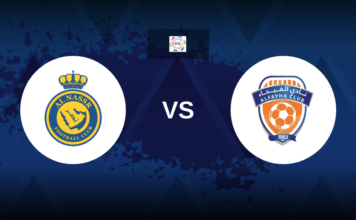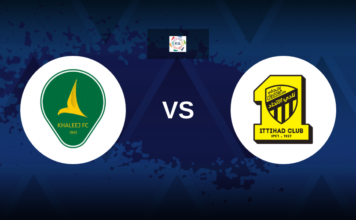After a historic Bundesliga triumph with Bayer Leverkusen, Xabi Alonso steps into the Real Madrid dugout—can his adaptable philosophy bring control and success to a star-studded but tactically loose side?
When Xabi Alonso was announced as the new head coach of Real Madrid, it sparked immediate questions not about his credentials, but about how his footballing philosophy would translate to one of the most scrutinized benches in world football.
Alonso’s blueprint at Bayer Leverkusen felt modern, tactical, and meticulously planned. In contrast, Madrid’s recent success—especially under Carlo Ancelotti—has come with a more fluid, less defined system that leans on individual brilliance and squad depth.
The Leverkusen Blueprint
Alonso’s impact at Leverkusen was nothing short of extraordinary. When he took over in the autumn of the 2022–23 season, Leverkusen were 17th in the Bundesliga. Within 18 months, they ended Bayern Munich’s 11-year domination, winning the league with style, consistency, and tactical flexibility.
Leverkusen’s title-winning campaign was rooted in a 3-4-2-1 or 3-4-3 system, characterized by methodical build-up play, creative central progression, and lethal width through wing-backs Alejandro Grimaldo and Jeremie Frimpong. But contrary to the idea of Alonso being a tactical ideologue, his time in Germany showed a willingness to evolve.
In his early days at the BayArena, Alonso emphasized a compact defensive structure and fast counter-attacking football to pull the club out of relegation trouble. Once he had a full summer and the right signings, he morphed Leverkusen into a more patient, possession-heavy side capable of overwhelming opponents. His team scored two or more goals in each of their first 15 Bundesliga matches of the 2023–24 season.
This evolution continued, as Alonso began using different shapes and setups based on player availability and opponent. This pragmatism, rather than rigidity, could prove essential in the Real Madrid hot seat.
Adapting to the Bernabéu
At Madrid, tactical flexibility has often trumped fixed systems. Coaches with dogmatic tactical ideals—like Julen Lopetegui or Rafael Benítez—have found it hard to impose their ideas. By contrast, Carlo Ancelotti’s chameleon-like approach made him the longest-serving Madrid manager of the 21st century and brought multiple Champions League titles.
Ancelotti won the 2022 Champions League with a 4-3-3 formation tailored to Karim Benzema and Vinícius Júnior. By 2024, he was fielding a 4-4-2 diamond to accommodate Jude Bellingham in a more advanced role—another UCL trophy followed.
Alonso, in his first Real Madrid press conference, seemed aligned with this approach:
“Football asks you to be flexible and dynamic. Of course, I have a clear idea of how the team wants to play—but that fixed picture of the team can change.”
The Core Principles: Control and Counterpressing
While Alonso is tactically flexible, he is philosophically consistent. He values control—not always in the form of sterile possession, but in positional dominance and the ability to dictate the tempo with or without the ball.
Leverkusen led the Bundesliga in possessions won in the final third (5.1 per match) in the 2024–25 season. Their coordinated counterpressing and intelligent rest defense allowed them to dominate territorial zones, regain the ball quickly, and create transitional scoring chances.
This will be Alonso’s biggest challenge in Madrid. In 2024–25, Ancelotti’s Madrid struggled with defensive transitions. Despite their Champions League win, they conceded an average of 1.6 expected goals per 90 minutes in Europe, the 19th worst in the competition. In La Liga, they were only the fourth best defense.
Much of this stemmed from issues in the press. Real ranked 7th in La Liga for high regains, a worrying stat for a team with title ambitions.
The Mbappé Dilemma
Real Madrid’s marquee summer signing, Kylian Mbappé, came with a ready-made reputation—but also questions around his defensive work rate. Reports from The Athletic suggested that internal staff expected the team to concede 15 more goals per season due to Mbappé’s lack of pressing.
Yet, he delivered offensively—40 goals in his debut season, a Real Madrid record. However, in crunch matches—such as against Arsenal in the UCL quarterfinal or during four straight Clásico losses to Barcelona—Madrid’s lack of defensive compactness was exposed.
It wasn’t just Mbappé. Vinícius Jr, Rodrygo, and even Bellingham struggled to maintain pressing intensity. Alonso will have to convince these stars to buy into a more structured, selfless way of playing without the ball.
And that might be his biggest challenge yet.
What Comes Next?
Xabi Alonso’s Real Madrid will not be a tactical copy of his Leverkusen side. Nor will it mirror the improvisational structure of Ancelotti’s Madrid. Instead, it’s likely to be a hybrid: a team built on firm principles of control, pressing, and positional structure, tailored pragmatically to a squad brimming with elite talent and ego.
His success won’t just depend on formations. It will hinge on how well he can communicate, motivate, and integrate his footballing beliefs into a dressing room used to doing things their own way—and still winning.
If he can do that, Real Madrid may not just be spectacular. They might become truly dominant.



